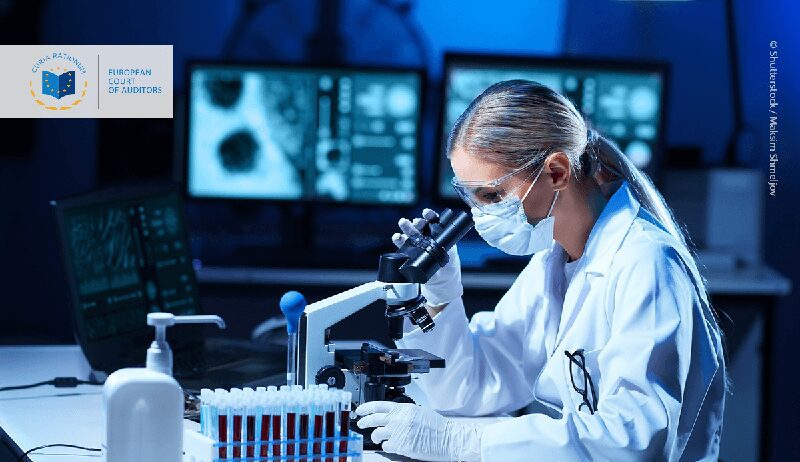The European Court of Auditors is assessing if measures in Horizon Europe to reduce the east-west innovation gap have had any impact, with a report expected by the end of the year on the Widening programme.
Over the past seven years, the EU has invested €1 billion in Widening, to help member states improve weak R&D systems through funding capacity building, and creating international links between leading research institutions and low-performing regions. As part of the programme, the Commission allocated €43 billion (in 2014 prices) from structural funds to research and innovation.
But many Widening countries report hurdles to participation, and low success rates have dampened expectations.
“I think that the Romanian institutions have applied, but, indeed, the application rate was low and the success rate was also low,” Daniel David, rector of the Babeș-Bolyai University in Romania, told Science|Business.
Similarly, Lithuania has only one ERA chair, an outstanding EU-funded researcher whose brief is to help the country’s institutions to attract and retain high quality researchers. In the EU Twinning programme, designed to support transnational relationships between institutions, Lithuania did not win its first grant until the last call in Horizon 2020. Meanwhile, in the Teaming pillar, which finances the creation or updating existing centres of excellence, the country received funding to develop a business plan for a research centre, but has not received support to implement it.
“Lithuania did not take full advantage of the programme,” said Brigita Serafinavičiūtė, head of the Lithuania RDI Liaison Office in Brussels.
Looking at the core components of Widening, David identifies five issues, starting with weak dissemination and difficulty understanding the different mechanisms of the programme. When it came to funding, many participants had trouble securing matching funding from other sources, such as national and EU structural funds.
Universities found it particularly difficult to engage in the projects, many of which require a business plan and a commercial outlook. “Our legislation is not encouraging commercial activities for public universities, despite the fact that, on paper, in theory, the third university mission [of] socio-economic impact, is supported,” said David. “Because of such ambiguous legislation, the universities are very cautions to be engaged in large projects.”
A key issue appears to be the general lack of public investment in university research in Romania, where most funding goes to research institutes independent from universities. As a consequence, David says, universities are cautious about entering big European projects demanding excellence and sustainability.
Some of the institutions in Widening also had a hard time convincing western counterparts to participate in the programme, as they did not see the €1 billion funding as worth their time. In the end, Serafinavičiūtė says, the programme “reinforced the links with existing partners, but I doubt many new networks were formed.”
Slow and uneven
Despite the Widening programme, since 2012 the innovation gap has barely narrowed and remains far larger than the gap for most other economic indicators, such as GDP per capita. An interim Commission report on the effectiveness of Widening found progress is slow and uneven, with little change in the newest member states.
In the face of this, funding for Widening in Horizon Europe will almost triple, with 3.3%, or €2.8 billion (in 2018 prices), of the overall budget dedicated to closing the gap. Starting in 2023, there will also be a new “hop-on” programme allowing research institutions in Widening countries to join Horizon Europe collaborative research projects.
But Serafinavičiūtė said it will take more than this to address the imbalance. “Doubling the funding is not a key solution that will change everything. We need to think more holistically about what measures we need to take.”
For one, she says, if Horizon Europe is intended to address societal problems, excellence should not be the only measure by which projects are assessed. Challenges exist everywhere and often require local measures to deal with them.
“The question is what we are hoping to achieve with this programme,” said Serafinavičiūtė. “If we want more countries to participate, we have to admit that excellence should not be the only criterion.”
The EU auditors will take the changes in Horizon Europe into account in their evaluation of the EU Widening efforts in Horizon 2020, looking at the likely impact on research excellence imbalances in this decade.
Meanwhile, the EU must also maintain other programmes that aim to bring more geographical balance to the research ecosystem. David says Romania has had more success in the European Cooperation in Science and Technology (COST) programme, another scheme encouraging cross-border networking.
And waiting for help is not enough. Widening counties should roll up their sleeves and do their homework, believes Serafinavičiūtė. “We can’t expect the EU15 to drag us along with them, and why should they? Who wants new competition?”














